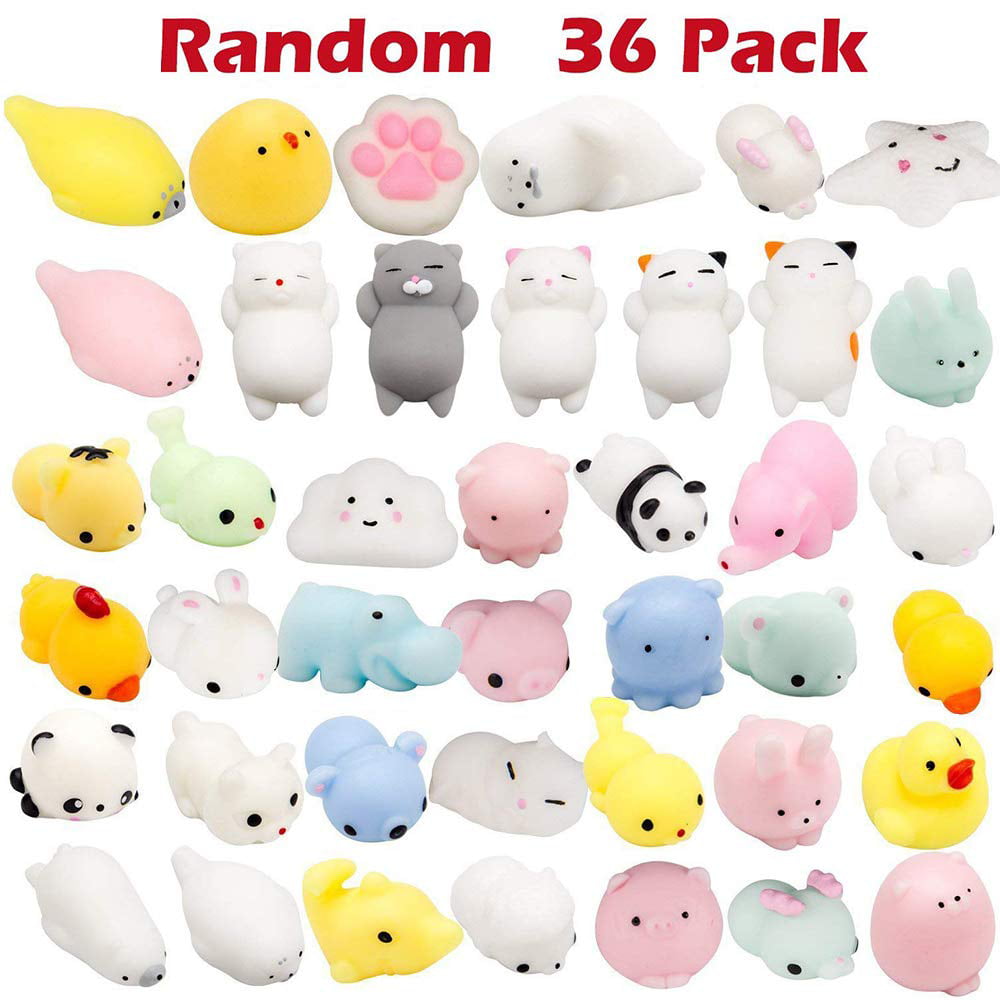


A modern mochi making machine simplifies the process at scale. Similar to rice cookers, these appliances first cook the rice and then automatically pound it into a smooth paste using a powerful motor and fitted blade. For cooks who are particular about their mochi, dedicated appliances can be purchased to avoid this pitfall. However, although quicker and easier than traditional methods, connoisseurs will tell you that mochi made using flour instead of rice lacks the smooth, stretchy texture of traditional mochi. In this method, the rice flour is combined with water and then cooked and stirred repeatedly until it forms a sticky, malleable mochi dough. These flours are produced by grinding mochigome rice into a powder, allowing cooks to skip the pounding step entirely. Instead of using glutinous white rice as a base, it uses a glutinous rice flour, such as mochiko or shiratamako.
MOCHI SQUISHY FULL
Others recreate the full mortar and mallett set-up of traditional mochitsuki and simply mechanise the process of pounding, turning, and adding water.īy comparison, the most common method for making mochi at home today is radically different from its traditional counterpart. Some of these machines, similar to bread makers, use a blade for kneading and punching the dough. In an industrial context, pounding the mochi rice has largely been automated by a special pounding machine. Over the years, a number of modern methods of making mochi have been developed to be easier and less labour intensive. Nowadays, mochi comes in many forms and varities. Since mochi hardens as it cools, speed is essential. This step is an integral part of what makes mochi mochi: pounding introduces air into the dough, giving mochi its characteristic soft and chewy texture. At least two people must take part: one as the tsuki-te, who pounds the sticky rice dough with a large wooden mallet, and other as the kaeshi-te, who turns the dough and adds hot water to stop it from sticking.

Pounding mochi is by far the most exciting part of mochitsuki. Once soft, the steamed rice is transferred to a large Japanese mortar and kneaded until it forms a hot dough.

The next morning, the rice is placed into a wooden basket and steamed atop a pot of boiling water. In traditional mochitsuki, the process of mochi making begins the evening before, when the mochi rice is washed and soaked overnight. Ready to experience mochi for yourself? Sakuraco is bringing you 20+ traditional Japanese snacks crafted by local makers. Within Japan, the most common time is Japanese New Year’s, when mochi features as a central component of traditional Japanese New Year’s food, osechi ryouri. As such, mochitsuki is often carried out in a group of family or friends during a period of celebration and rest. It’s also a laborious, day-long event that relies on perseverance and collaboration. Making Japanese mochi the traditional way is called mochitsuki, literally “mochi making.” Like so many things in Japan, mochitsuki is not only a practical task but a beloved craft and a ritual ceremony. Mochi making is a labor intensive process, requiring team work and skill to master.


 0 kommentar(er)
0 kommentar(er)
